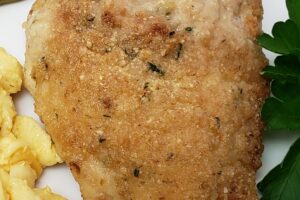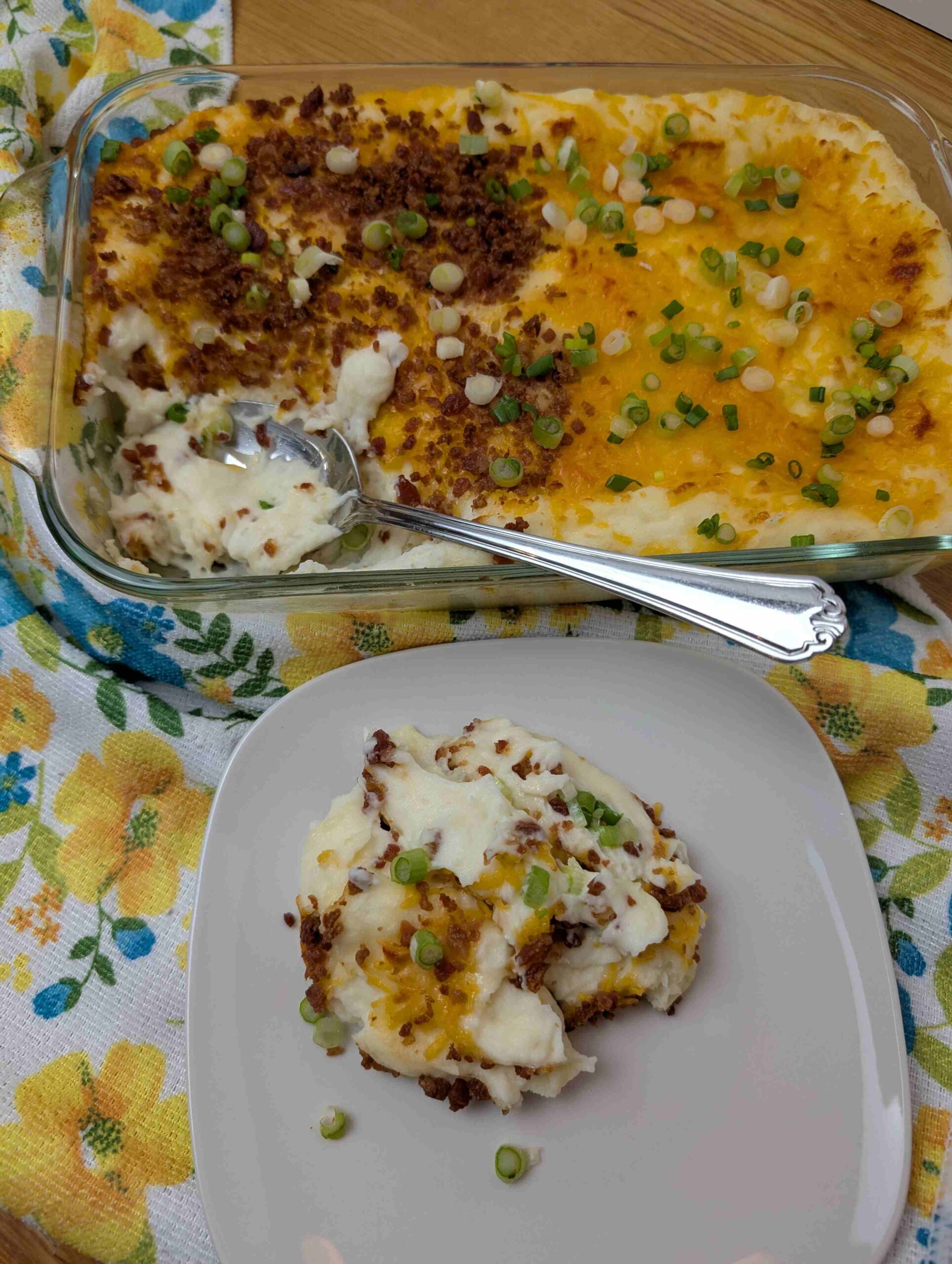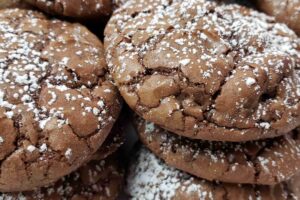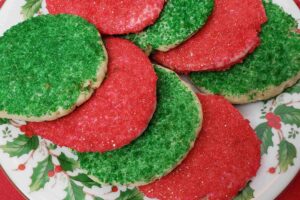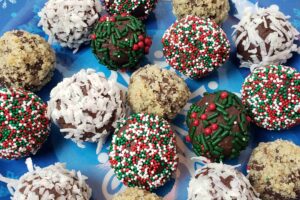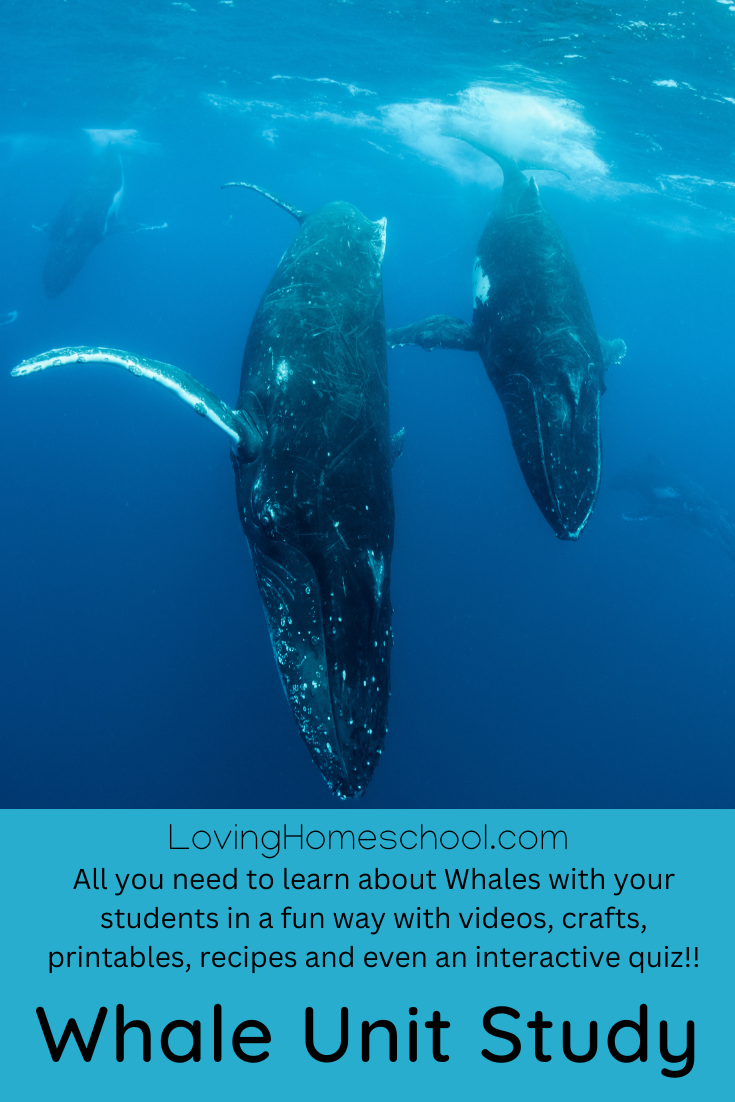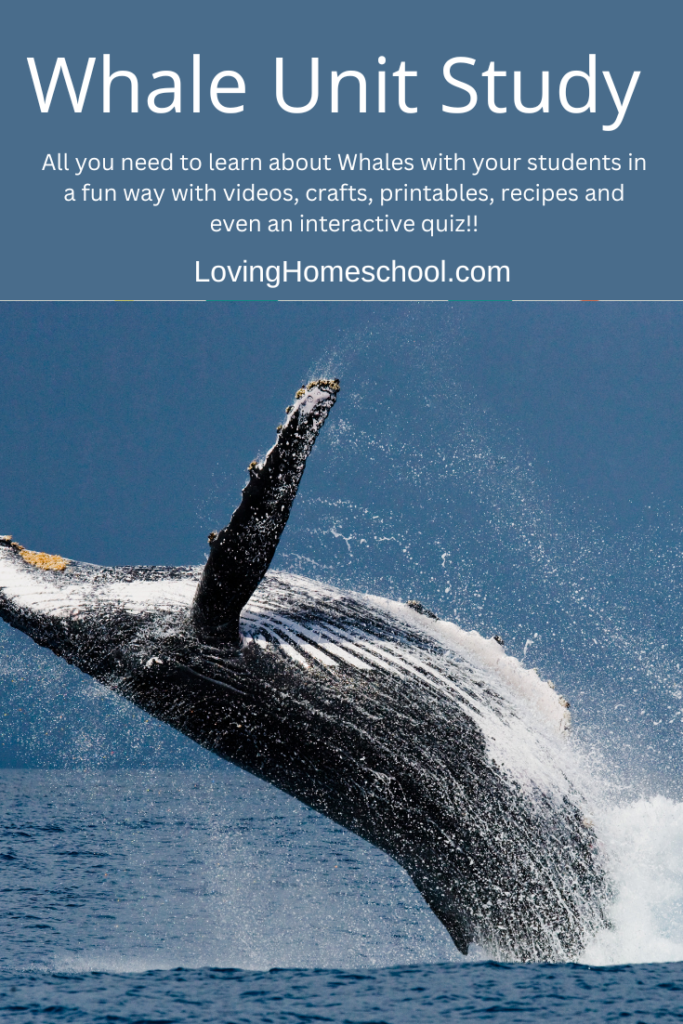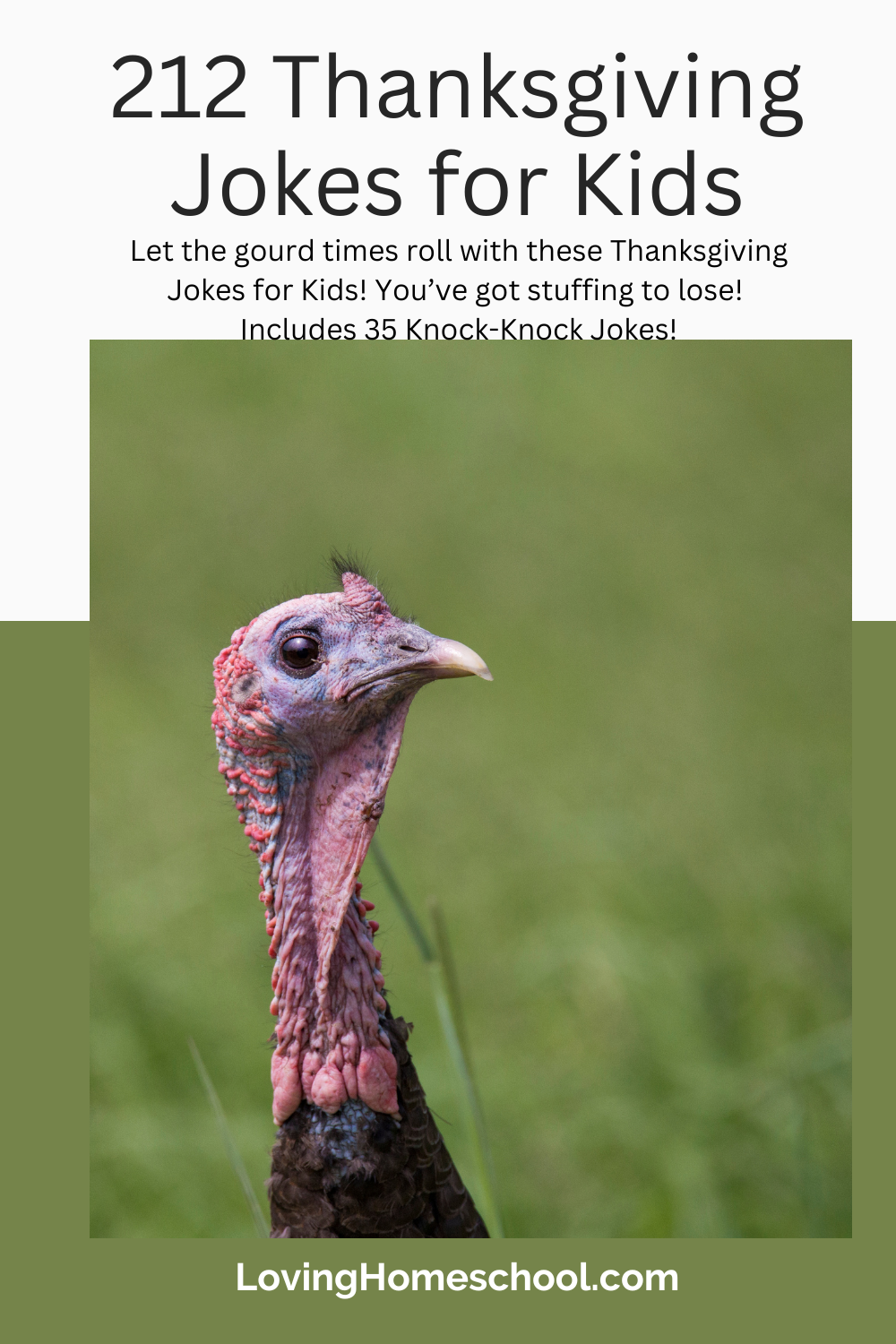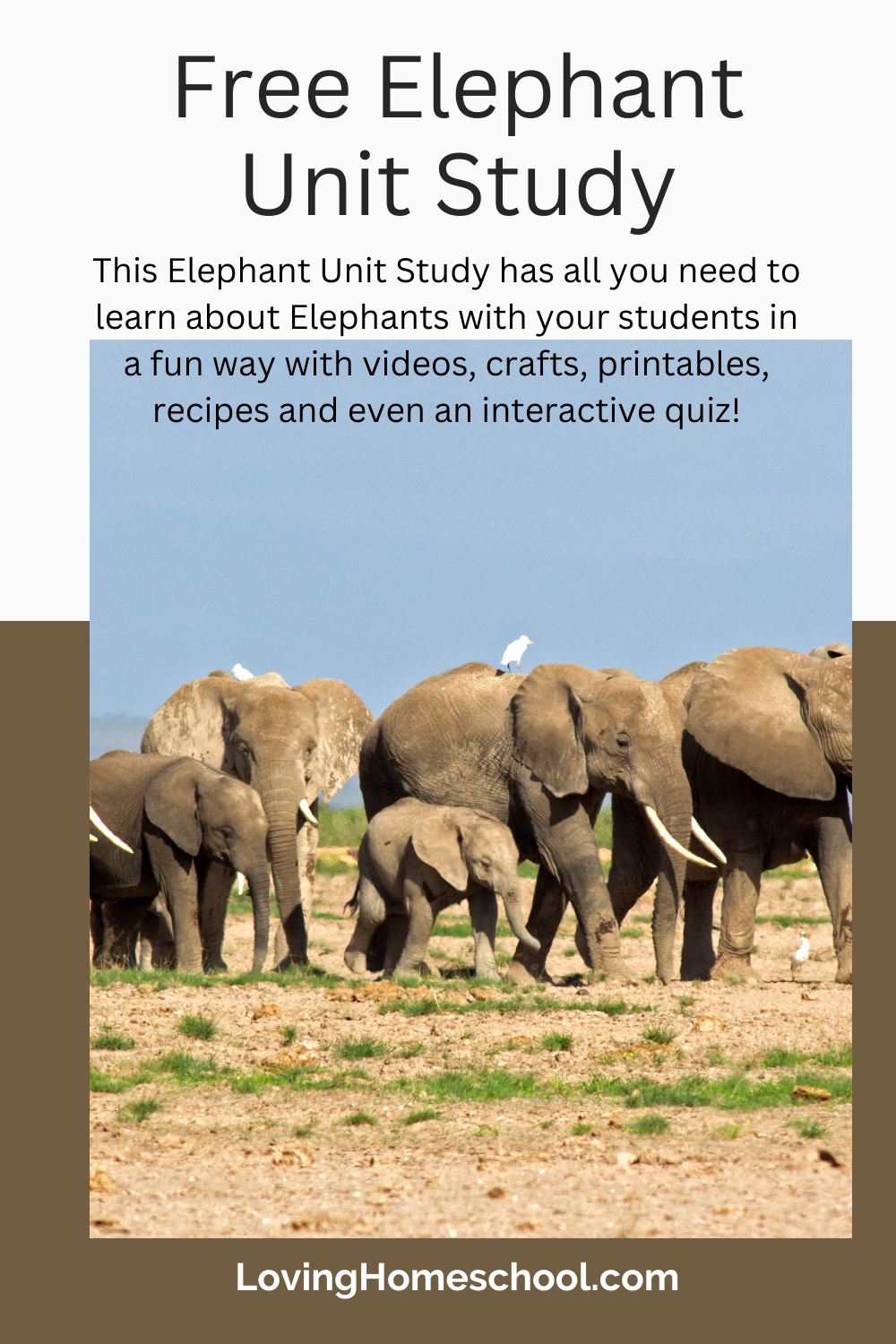As an Amazon Affiliate, I earn from qualifying purchases at no extra cost to you.
This Whale Unit Study has all you need to learn about Whales with your students in a fun way with videos, crafts, printables, recipes and even an interactive quiz!
The most enjoyable way to learn about something is to explore it from every angle and in every way possible. With this Whale Unit Study, your children AND you will enjoy learning about Whales as you watch videos, read books, do crafts and printables and even make food together. Have fun!
In the printables section there is no end to keep everyone busy; find word scrambles, word searches, a crossword puzzle, I spy, how many words can you find and coloring pages.
There are also educational videos to watch, new books to check out, jokes to enjoy together and songs to learn.
Follow my Whales Pinterest Board for dozens of ideas from all around the web! I am constantly finding new things to add so there will be new things all the time!
When is World Whale Day?
World Whale Day is the third Sunday in February. It is on February 18th in 2024, on February 16th in 2025 and on February 15th in 2026.
This Unit Study is the perfect thing to do leading up to that day. Of course, any time is a great time to learn about whales.
Other Unit Studies
Seasons and Holidays
Animals
Facts about Whales
Whales are omnivores. That means they eat both plants and meat.
A group of whales is called a pod. They could also be called a gam, herd or school. It is usually toothed whales that travel in pods and they vary in size from a few whales to more than a thousand.
There are 80 species of whales.
Whales are one of the smartest animals on earth.
A whale is a mammal. That means they are warm blooded, have live babies, feed their babies milk and have hair (even though it is just a few bristles on their head).
Whales have a thick layer of blubber that acts like a blanket to keep them warm in the cold oceans and is also extra fat that gives nourishment when they need it.
Whales migrate from cold arctic or Antarctic waters to warmer waters to have their babies.

They only have one baby at a time and the baby is called a calf. The mother is called a cow and the father is called a bull.
Calves will drink their mother’s milk for about a year. Blue Whale calves will drink 105 gallons of milk a day!
Calves grow until they are between 8 and 25 years old, or an average of 10 years old.
Whales have a body shaped like a torpedo so it can fly through the water.
A whale pushes its tail up and down to swim. The tail has two broad sections called flukes. A whale also uses two flippers on the front of its body for steering.
Different species of whales live different lengths of time. A killer whale lives up to 29 years, a Beluga and Humpback whale up to 50, a Sperm whale up to 70 years and a Bowhead whale between 160 and 180! One was even recorded as living 211 years!
Whales live in the ocean but breathe air. They do not have gills like fish but have blowholes on the top of their head. A whale will actually drown if they don’t get to the surface for air.
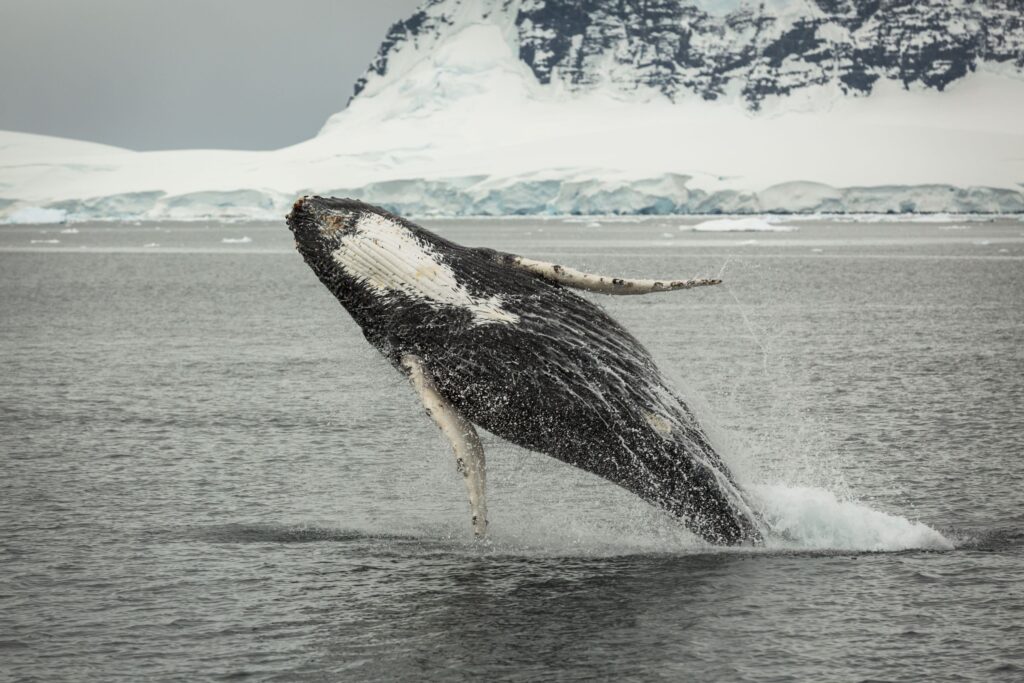
The sperm whale can dive 2 miles deep and hold its breath for more than two hours!
You can figure out a whale’s age by counting the rings in its earwax.
Whales don’t drink salt water. They get the water they need from the food that they eat.
Whales can swim up to 30 mph.
They have excellent hearing.
There are 2 types of whales.
One type of whale is a toothed whale. They have teeth that let them feed on prey like fish and squid. They don’t chew or tear apart their food but use their teeth to kill their food.
There are about 70 species of toothed whales. Orcas, Beluga and Sperm, the Narwhal and Killer whales are toothed whales.
Toothed whales are smaller than baleen whales and they only have one blowhole.
The second type of whale is a baleen whale. They have a fibrous “baleen” plate hanging in the roof of their mouth instead of teeth, that lets them filter out and eat huge quantities of krill, plankton and crustaceans.
Baleen whales have two blowholes.
There are about 10 species of Baleen whales. Humpbacks, Right and Blue whales are baleen whales.
Humpback whales only eat part of the year. They need to migrate to the Antarctic to feed on krill.
All toothed whales have a “melon” in their foreheads. They use it for echolocation to “see”, just like bats.
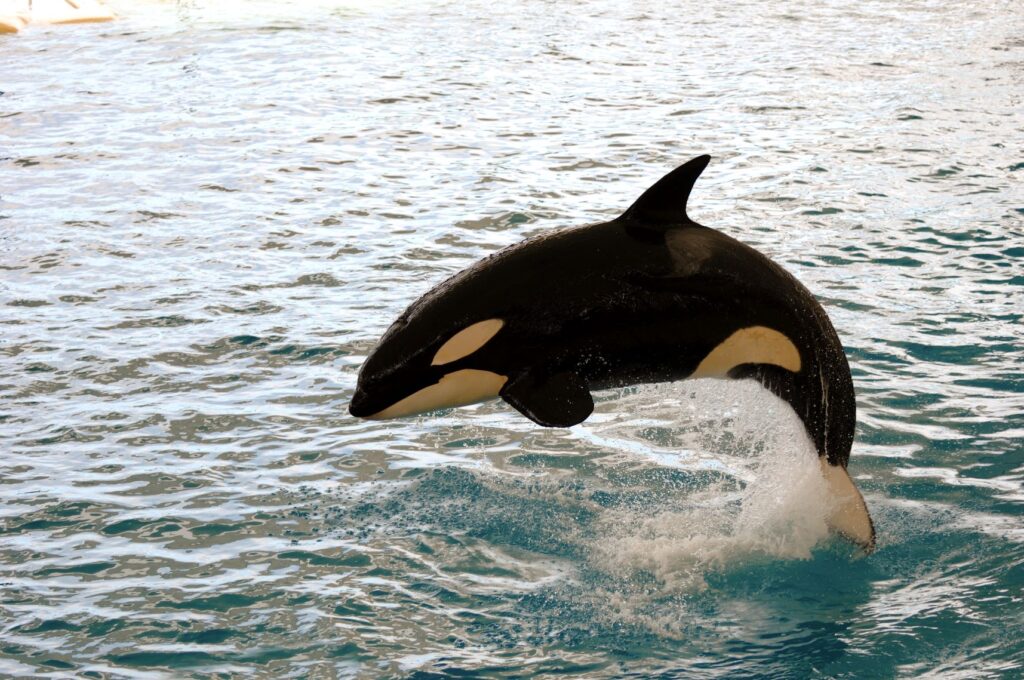
Whales communicate with chirps, squeals, squeaks, whistles, gurgles or whale songs. Some of the songs can last for 30 minutes!
Humpbacks are known for “singing” loud, complicated “songs”. The sounds travel for great distances through the waters and continue for hours and hours. Only the males sing and scientists think they are probably communicating with others and trying to attract a mate.
Some whales use bubble netting to catch prey. They work together to blow bubbles. Their prey won’t go through the bubbles so get trapped and it makes it easy for the whales to eat them.
Whales are often caught in nets.
Over 80% of North Atlantic Right whales have been caught in fishing nets at least once in their lives and some have been caught many times.
Usually, female narwhals don’t have a tusk. A tusk develops from a tooth and is used for foraging, showing dominance and breaking ice. A narwhal tooth can grow up to 10 feet long!
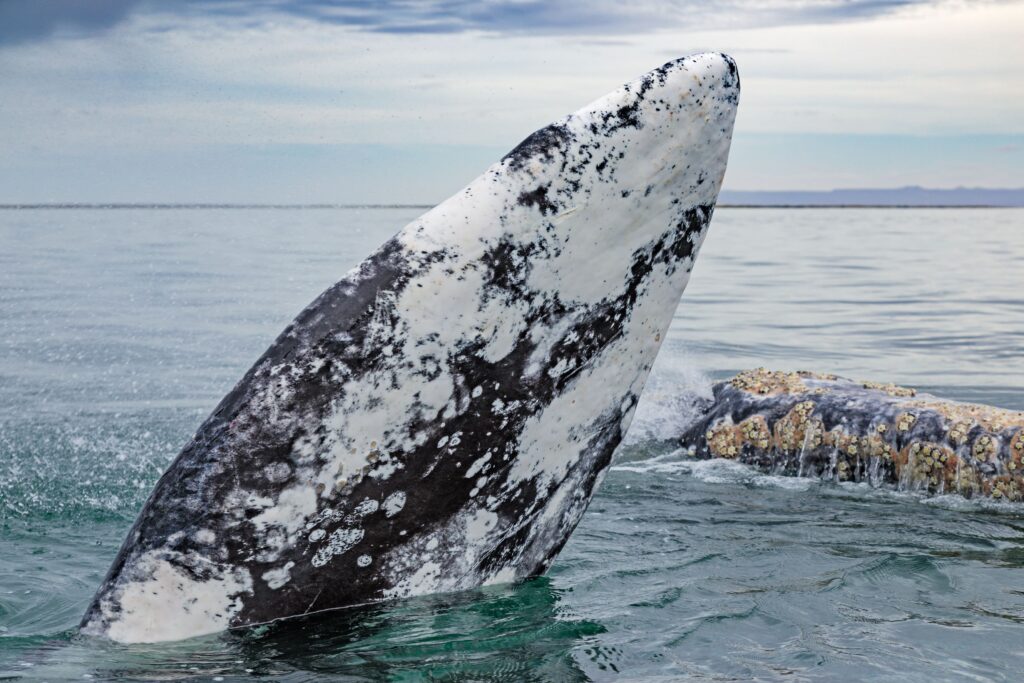
Largest Whale
The Blue Whale is the largest animal on the planet and the Antarctic Blue Whale is the largest of the Blue Whales. It weighs up to 200 tons, which is about as much as 33 elephants! They can be up to 100 feet long, which is about the same as a 10 story building or 3 school buses in a row. Its heart can weigh 1,300 pounds, about as much as a car, and its tongue can weigh as much as an elephant! They eat about 4 tons of krill every day.
Killer whales, also called orcas, are actually dolphins. They are the largest members of the dolphin family. They are at the top of the food chain in the ocean and eat many fish species, penguins, seabirds, sea turtles, seals and even whales and great white sharks!
**When you think you know the facts, take the interactive quiz at the bottom of the post! 😊
Videos about Whales
10:19 Whale Education for Kids | How Do Whales Eat? | Baleen vs Toothed Whales | How Do Whales Breathe? (This is full of great information in easy to understand terms and great pictures and video.)
1:39 How Do Baleen Whales Eat Experiment | Marine Biology | The Good and the Beautiful
5:47 Blue Whales: The Biggest Animal EVER! | SciShow Kids (Good info about Blue Whales that includes hearing the sounds they make.)
3:06 Our Planet | Narwhals | Clip | Netflix (Just because Narwhals are especially cool!)
3:14 Stunning audiovisual recording of humpback whales singing
Songs
1:32 Whale Song for Kids | Learn Sea Animals | Blue whale, Sperm whale, Beluga Whale and Orca | Juny&Tony (The next one is the same song but has some facts before it)
5:42 Whale, Whale, Whale… Look Who It Is! | Orca, Blue whale, Sperm whale | Animal Songs | JunyTony (Same song as above but includes some facts before it)
1:39 Hail Whale, Blue Whale| Kids Songs & Nursery Rhymes | Animal Song for Kids | Lotty Friends (Includes facts in the song)
1:43 [Sing Along] Whale Song | Summer Sea Animal Song | Nursery Rhymes & Kids Songs (Different types of whales sing each verse)
Books
As an Amazon Associate, I earn from qualifying purchases at no extra cost to you.
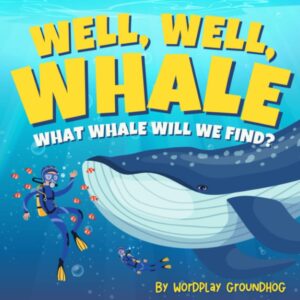
Well Well Whale What Whale Will We Find?
Buy Now → Buy Now →
Buy Now → 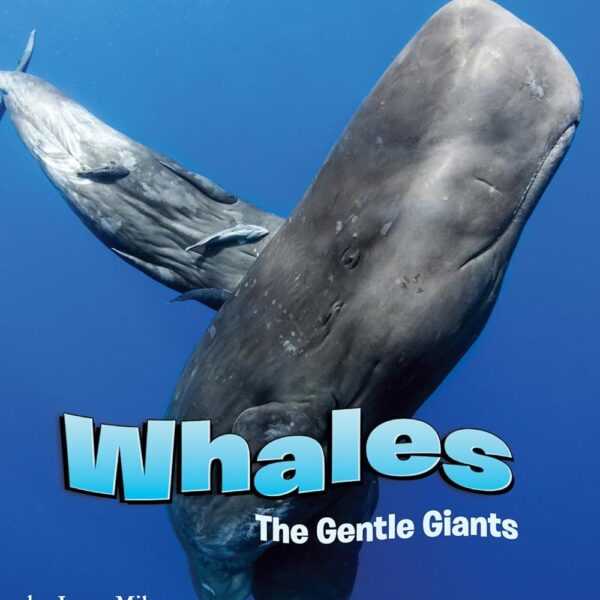
Whales The Gentle Giants Paperback
Buy Now → Buy Now →
Buy Now → 
Whales (National Geographic Kids Readers)
Buy Now →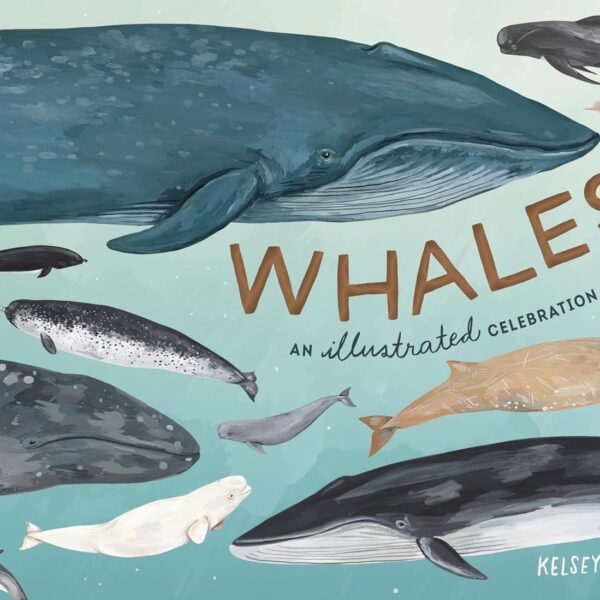
Whales An Illustrated Celebration
Buy Now →
Whales: Amazing Pictures & Fun Facts
Buy Now →As an Amazon Associate, I earn from qualifying purchases at no extra cost to you.
 Buy Now →
Buy Now → 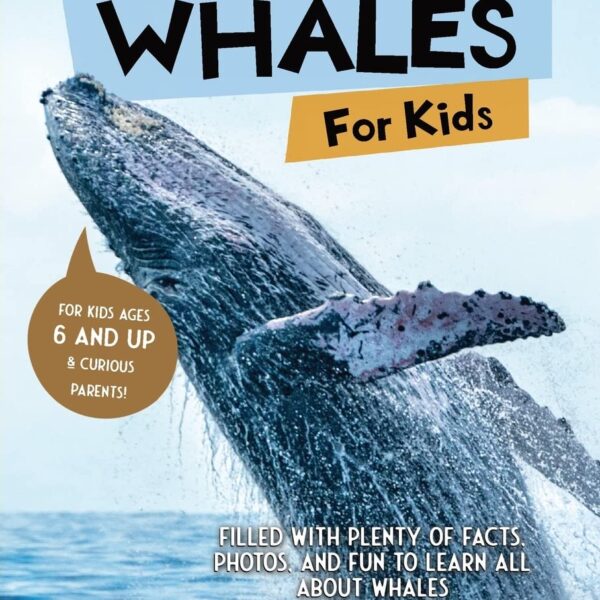 Buy Now →
Buy Now → 
My Little Golden Book About Whales
Buy Now → Buy Now →
Buy Now →  Buy Now →
Buy Now → 
100 Interesting Facts About Killer Whales
Buy Now → Buy Now →
Buy Now → Some Jokes
Kids love jokes so I had to include some good ones here for them!
Printables
Whale How Many Words Printables
Whale Word Scramble Printables
Whale Activity Pack Printable Worksheets These are perfect for your younger kids when some of the above printables may be too challenging for them.
Whale Worksheets These are great to identify different types of whales.
Crafts and Activities
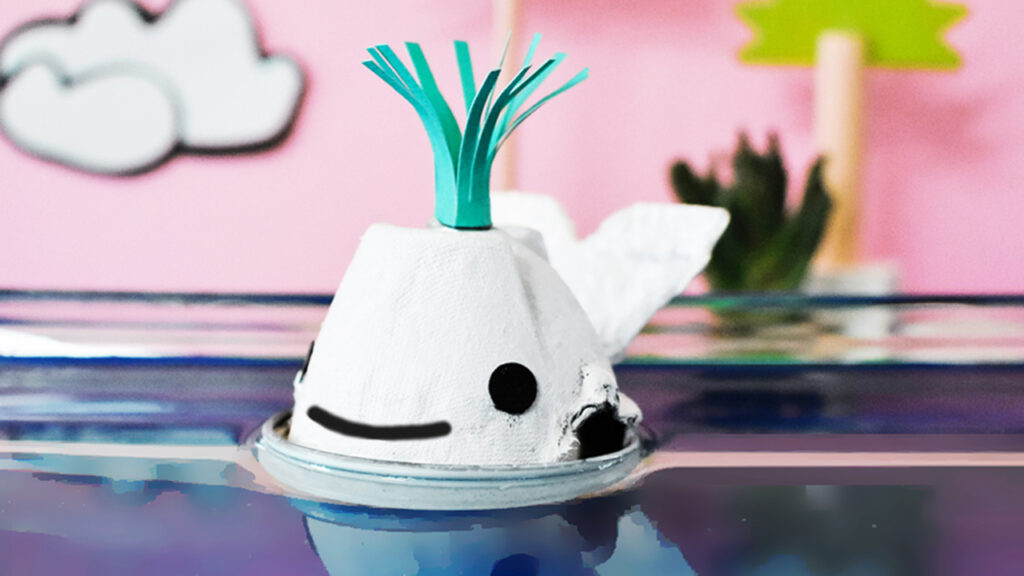
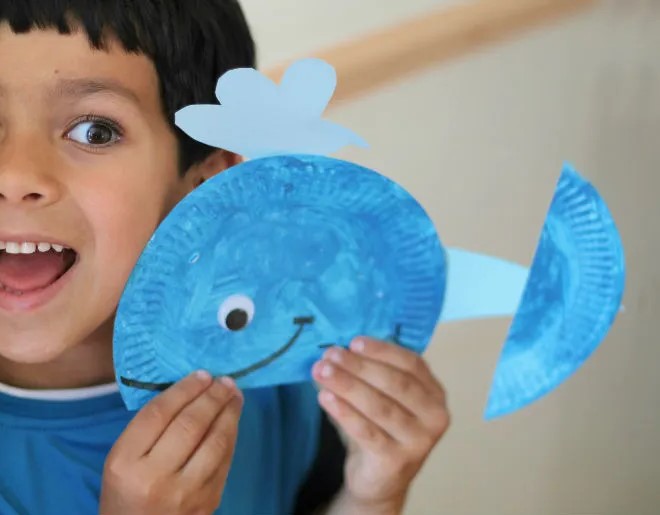
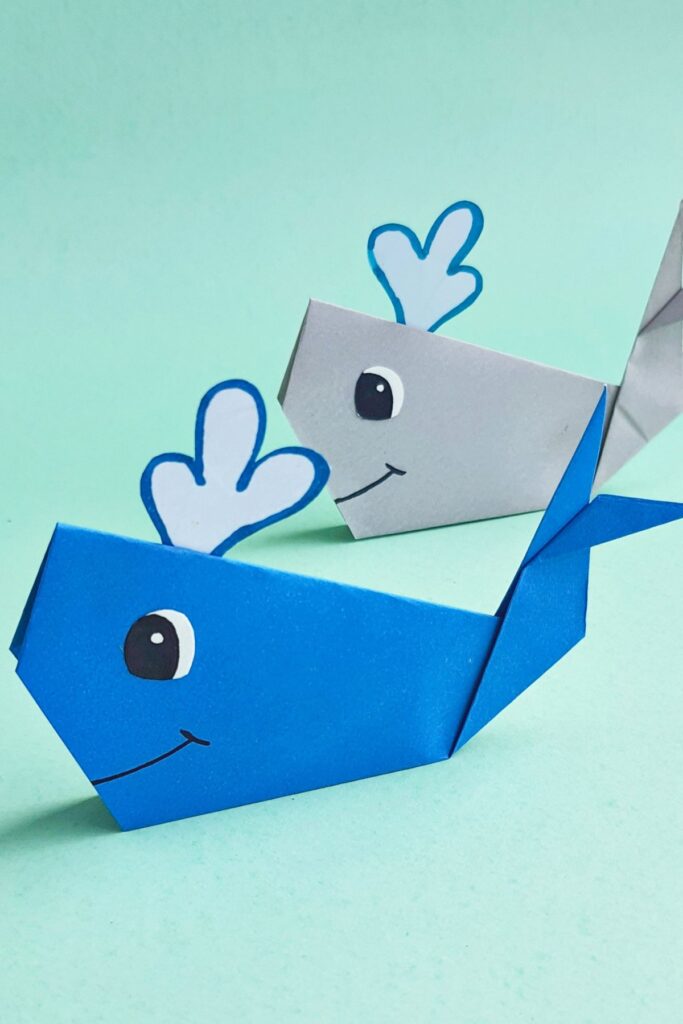
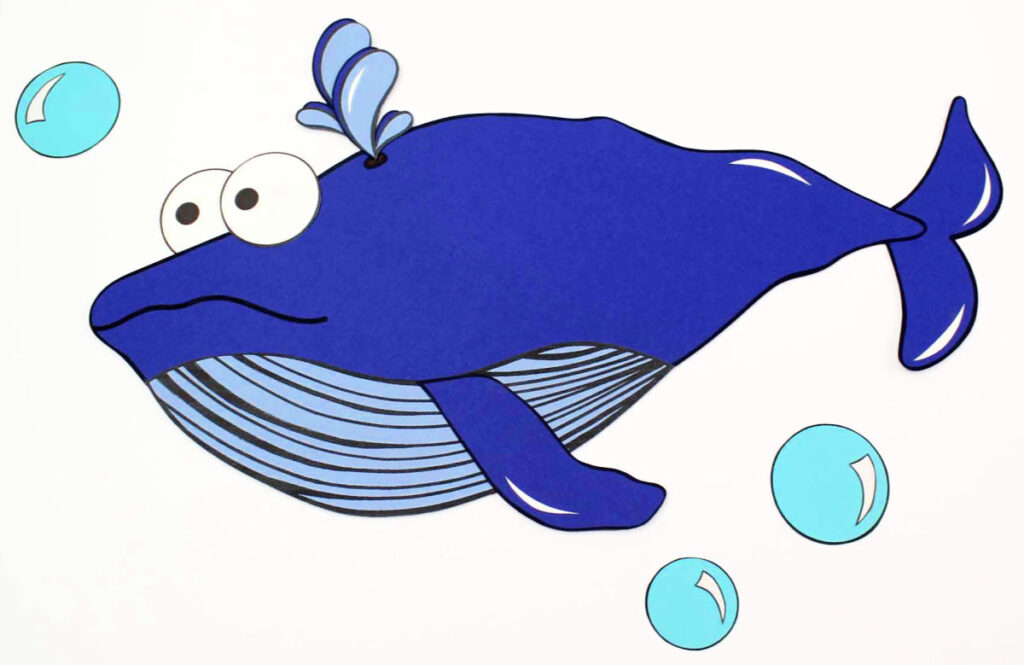
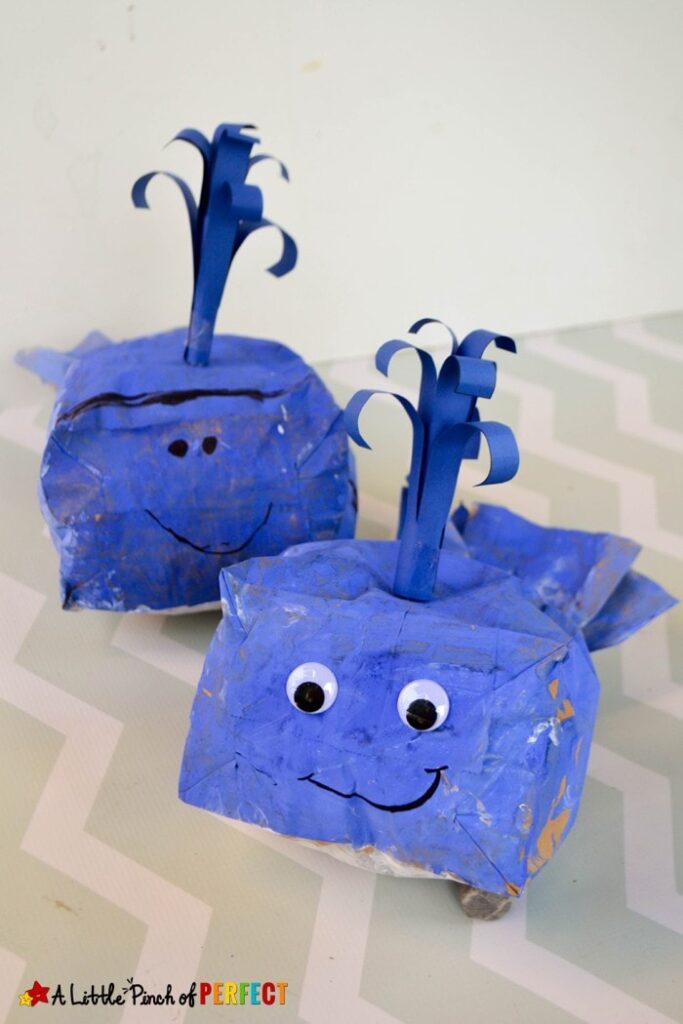
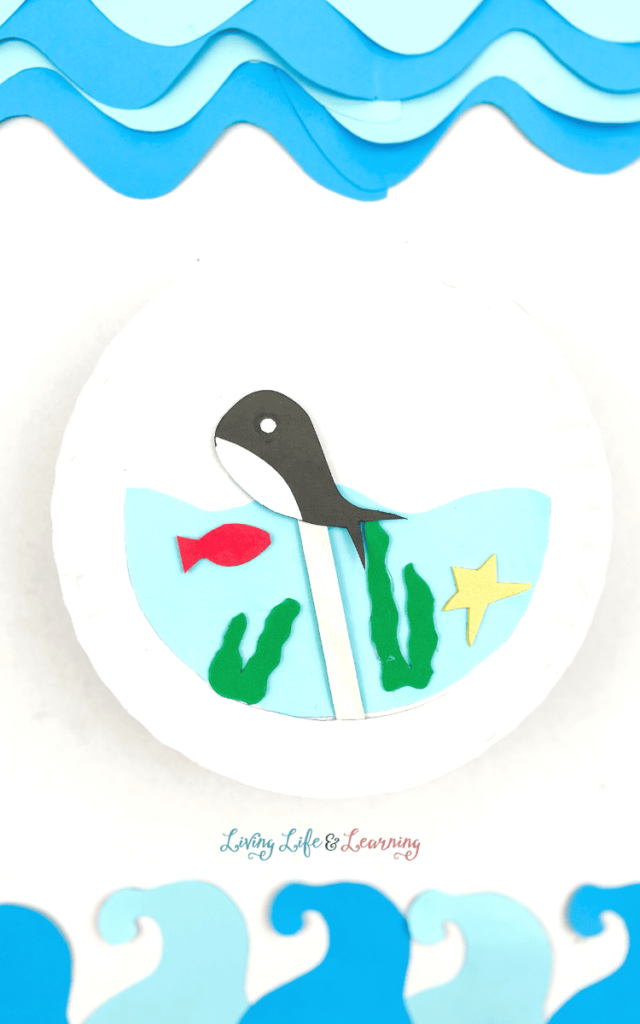
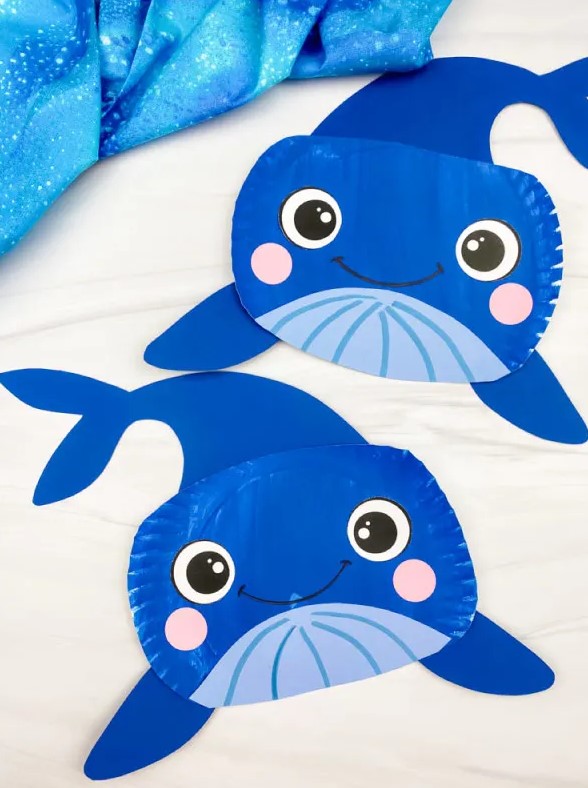
Paper Plate Humpback Whale Craft
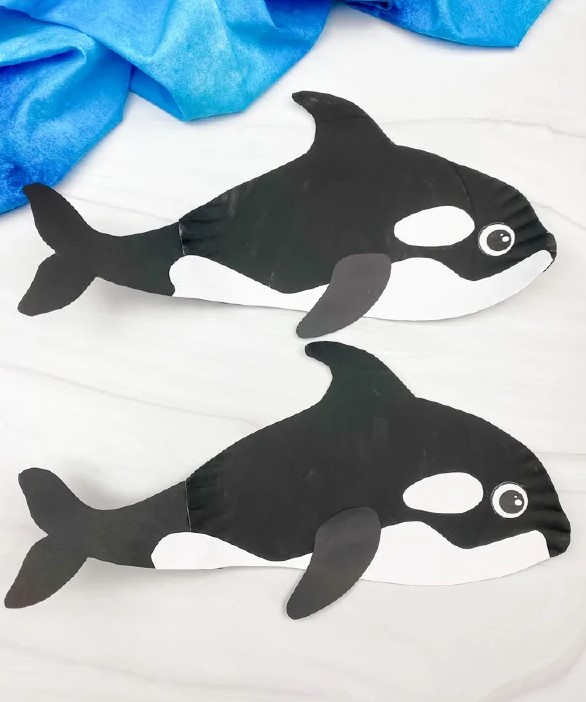
Paper Plate Killer Whale Craft
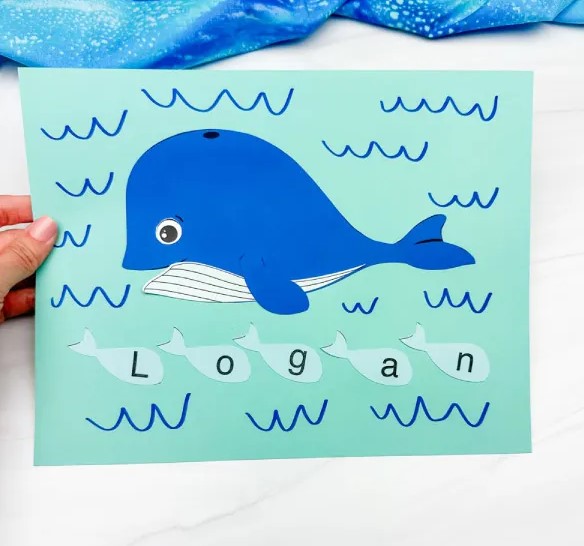
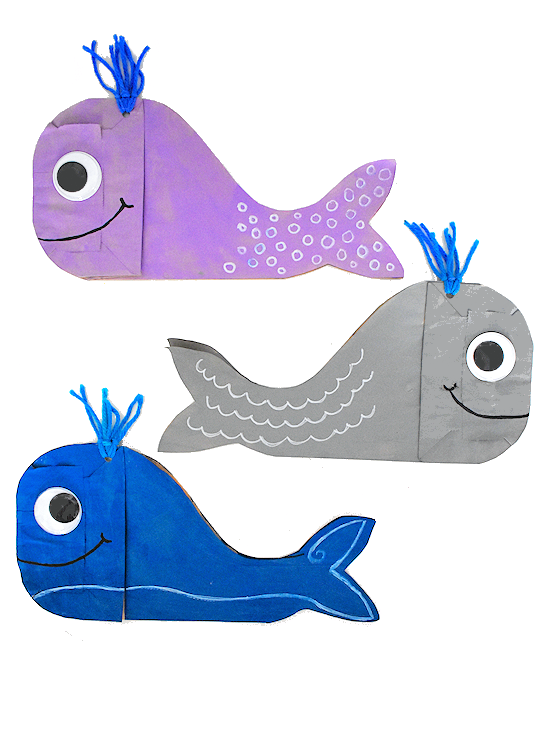
Paper Bag Whale Craft 2nd option
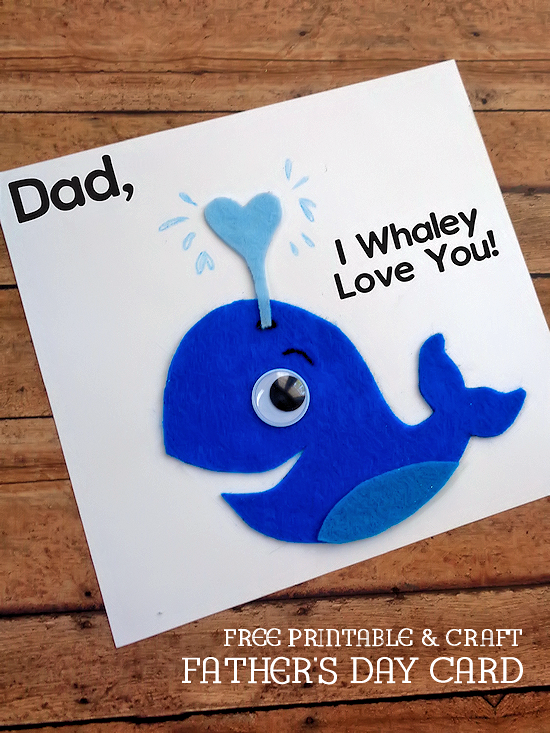
I Whaley Love you Father’s Day Card
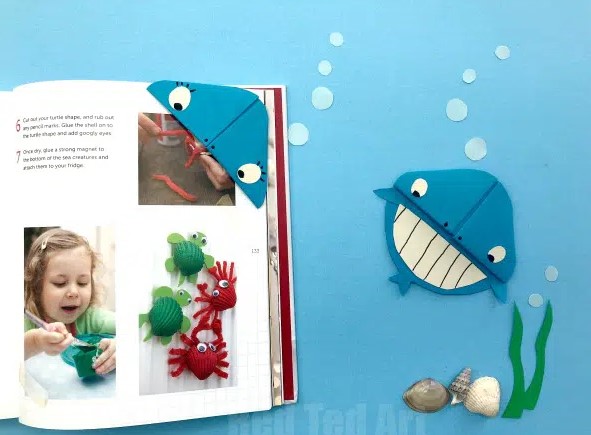
Easy Whale Bookmark Corner Design
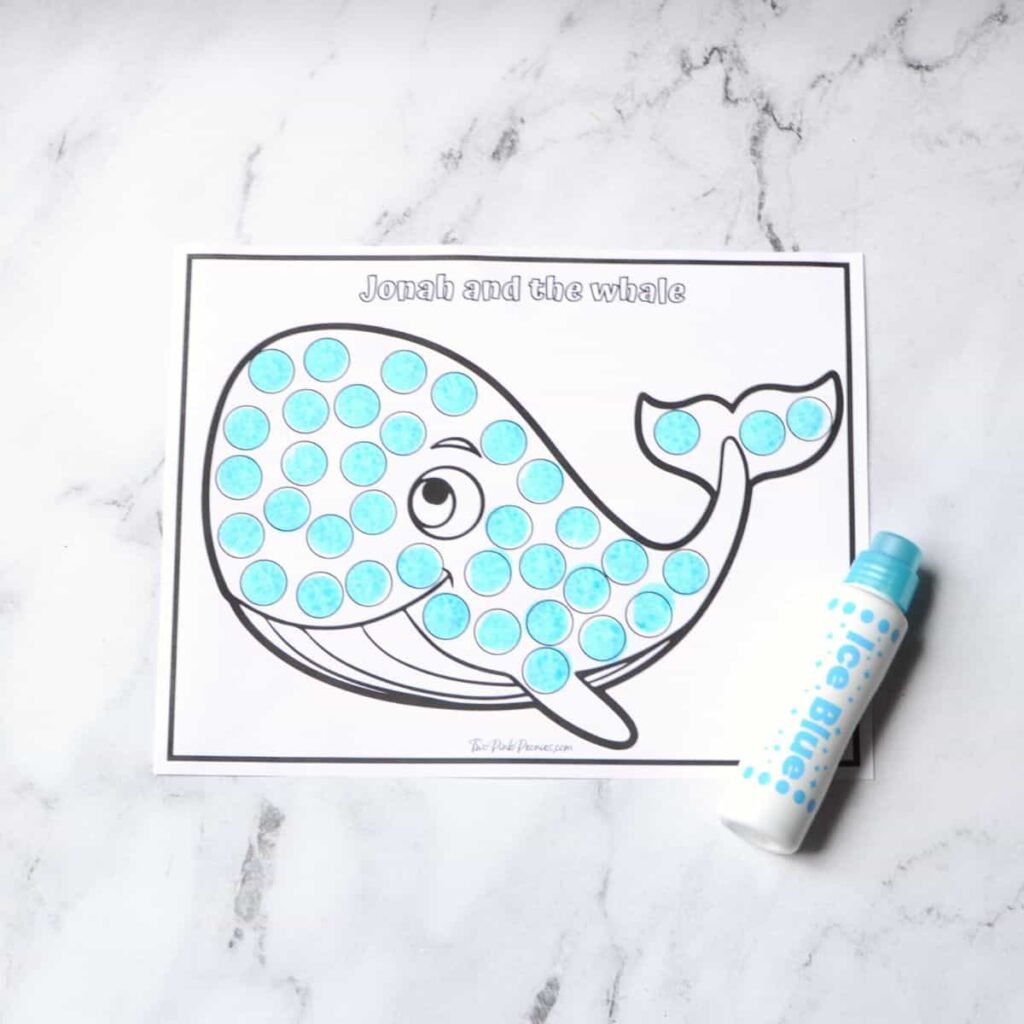
Jonah and the Whale Dot Marker Page
How Big is a Blue Whale? Outdoor Ocean STEM Activity This contains info and instructions for drawing a full size whale!
Whale Blubber Experiment Learn how whales keep warm in their blubber.
As an Amazon Associate, I earn from qualifying purchases at no extra cost to you.

Whale Party Decorations serves 24
Buy Now →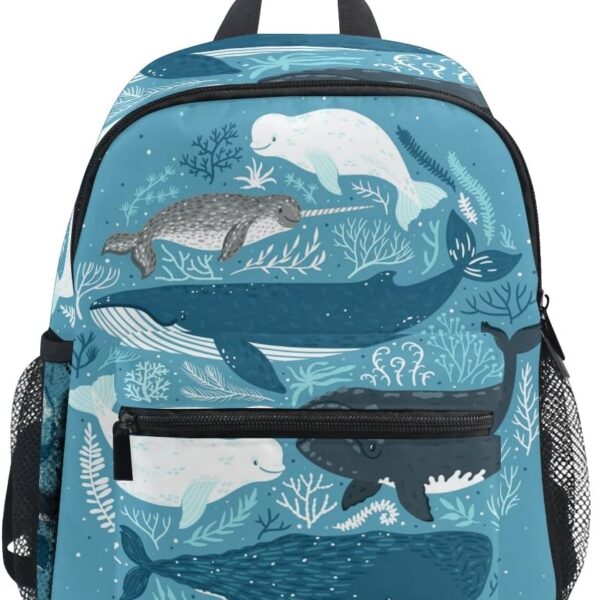 Buy Now →
Buy Now → 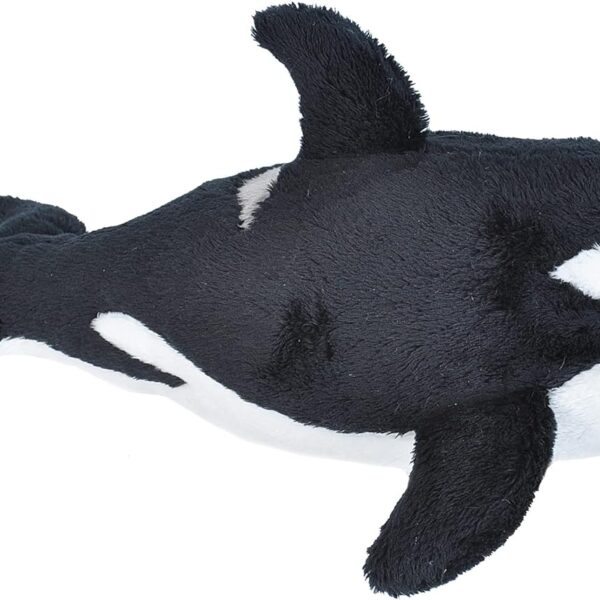 Buy Now →
Buy Now → 
Mommy Whale Plush Stuffed Animal with 4 Babies
Buy Now → Buy Now →
Buy Now →  Buy Now →
Buy Now → 
Whale Temporary Tattoos 96 pcs
Buy Now →Recipes
Cut a watermelon into the shape of a whale.
Jonah and the Whale Snack Ideas This has some good whale shaped food.
How to Draw Whales
Here is some instruction on how to draw whales. They are both a little bit different and the outcome of what the whale looks like is a bit different so you can choose which you like.
Draw a Humpback Whale from Art Projects for Kids has two varieties; one simple one that looks more like a cartoon and one a little more difficult, but still pretty easy, that looks like a real humpback whale.
How to Draw a Killer Whale (Orca) by Art for Kids Hub has a step by step video on YouTube.
How to Draw a Cartoon Beluga Whale by Art for Kids Hub is another step by step video on YouTube.
I found the facts for this post from the following sources
It is always good to cite your sources and if you would like to read more details, there is much more information at the links.
Top 10 Facts about Whales from wwf
All about Whales from easy science for kids
Whales from kids Britannica
Whales from students Britannica
Whale Quiz
As an Amazon Associate, I earn from qualifying purchases at no extra cost to you.
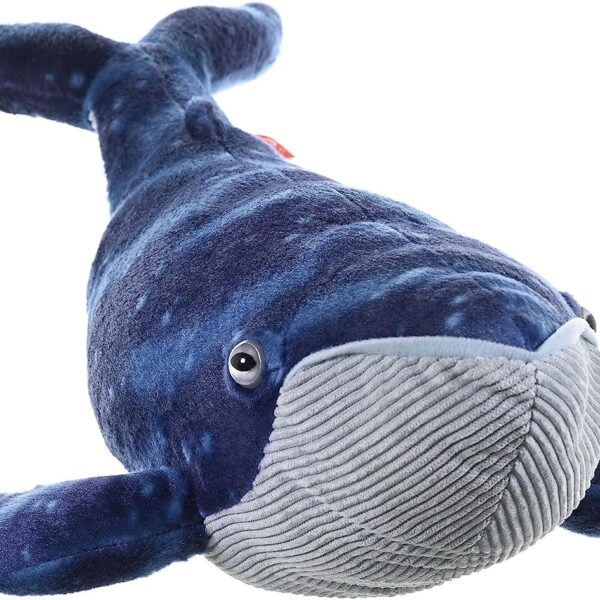 Buy Now →
Buy Now →  Buy Now →
Buy Now →  Buy Now →
Buy Now →  Buy Now →
Buy Now →  Buy Now →
Buy Now → 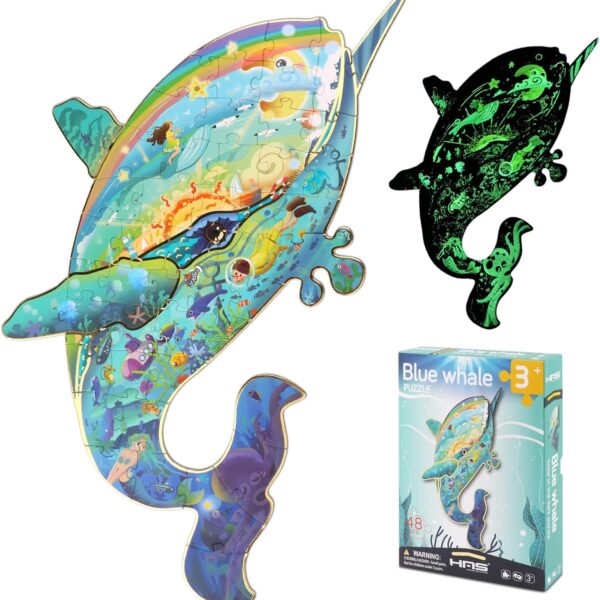 Buy Now →
Buy Now →  Buy Now →
Buy Now → Are you following me on Pinterest? I have been working very hard making new boards I think you will love and am adding dozens of new pins from all of the popular homeschooling websites!
Come join us on our Facebook group, Loving Homeschool. I am adding daily pictures, links and much more than I would on the blogs and it is a place for you to find support from others on the same journey as you are. Come and share with others, ask questions and learn! And if you love recipes, follow my Best Recipes You Will Want To Make group on Facebook! Feel free to share your own favorites and find many new ones there!
I enjoy offering free printables and resources to bless my readers. Your frequent visits to my blog and purchases through affiliate links and ads keep the lights on so to speak. Thank you!
If you make it, play it or use it, let me know! Rate it and leave a comment below. I love hearing from you!
Be Sure to Pin so you can find it easily later!
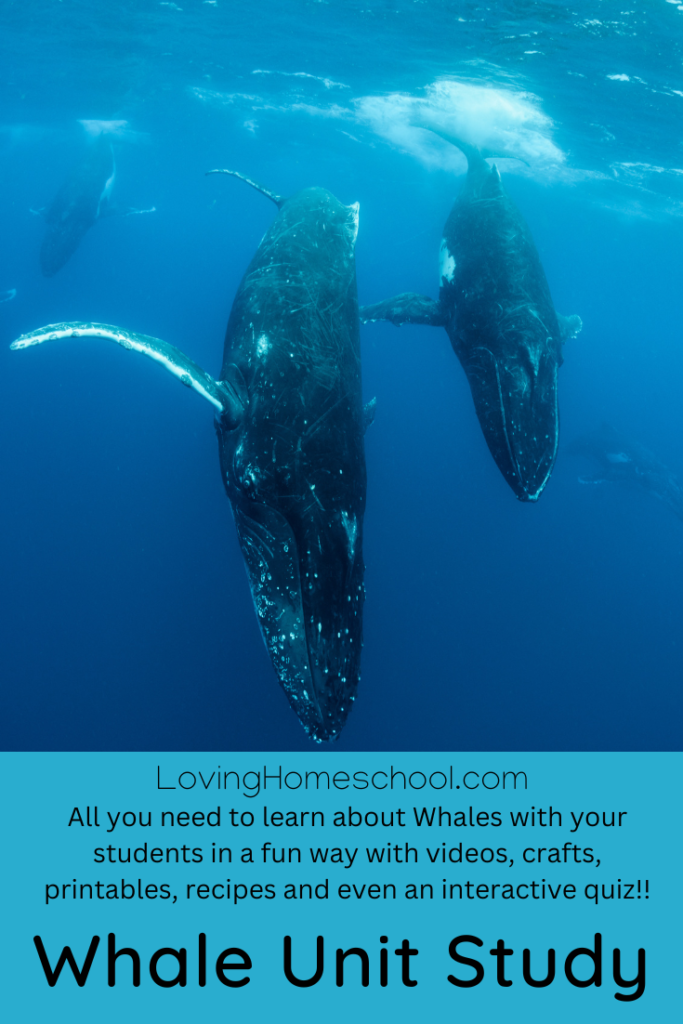

Cindy
Welcome! I am a wife, mother, mother-in-law, Grammy, daughter, sister and retired homeschooler. I enjoy writing about things I have learned over the years, sharing recipes and tips with others and making free printables for parents and teachers.
